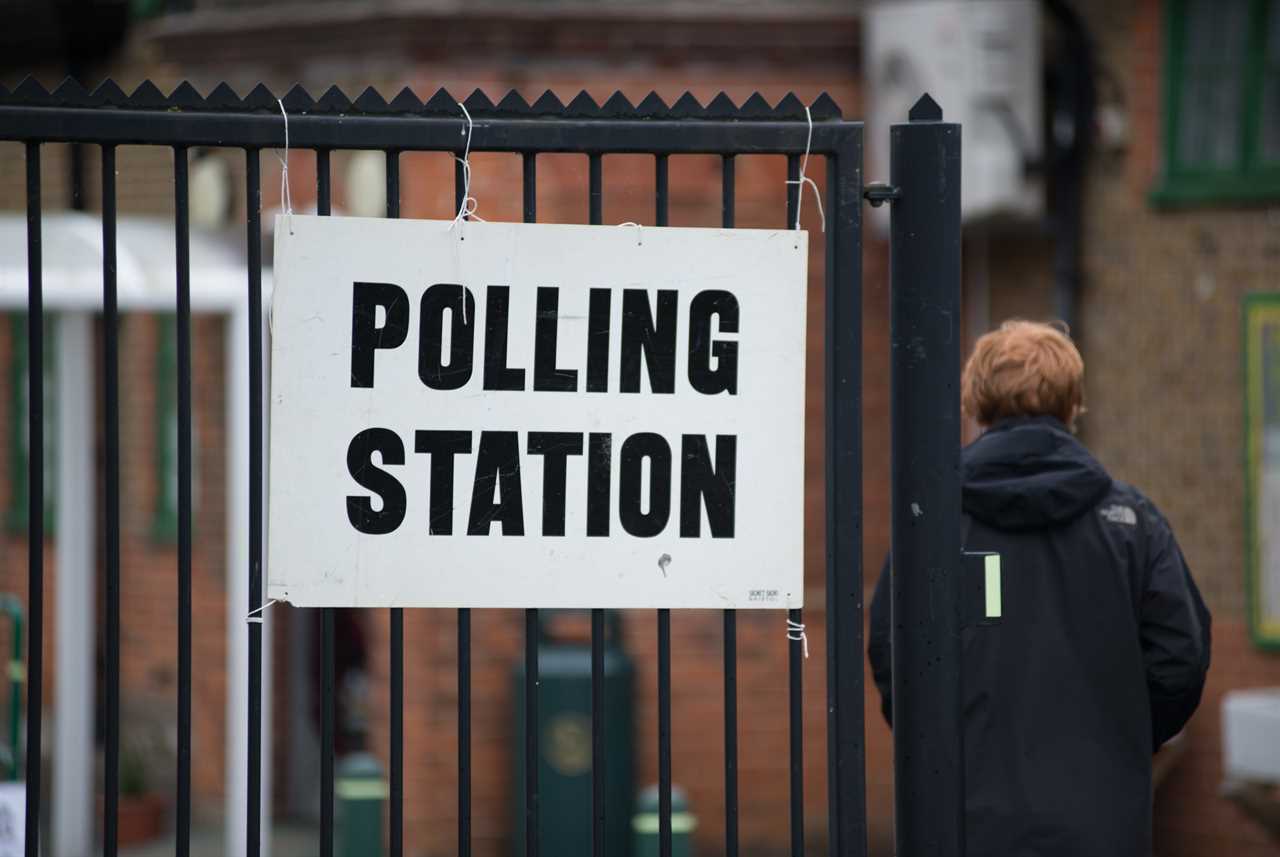
BRITAIN is hurtling towards a crunch July 4 General Election when millions will cast their vote. A six-week campaign will see Rishi Sunak and Sir Keir Starmer do battle to become PM.
What are the key dates?
THE main date for your diaries is obviously July 4, when millions of voters will go to the polls for the General Election. The process of formally triggering the election will take place on Friday, May 24, when Parliament is prorogued, signalling the end of the parliamentary year. Between then and Polling Day there will be several key events, including the release of the parties’ election manifestos and TV debates between the leaders.
How do I vote?
EVERY British citizen aged 18 and over is eligible to vote at the General Election. People must register to vote in the constituency where they live if they are not already, with a deadline expected around June 18. For the first time in a general election, a form of ID is now needed to cast a ballot at a polling station on July 4.
Is Polling Day a public holiday?
AFRAID not. Polls open at 7am and close at 10pm on July 4. If unable to make it to the polling station on Polling Day, you can apply for a postal vote or task someone with voting for you by proxy.
Are schools closed on Polling Day?
NO, and parents are expected to send their kids to school.
What is the voting system?
THE UK uses the first-past-the-post voting system, where the candidate with the most votes wins. This is different from many European countries that use proportional representation systems.
How does that decide the PM?
WHICHEVER party leader wins a majority of the 650 Commons seats up for grabs – so 326 – will be asked by the King to form the next government. If nobody wins an outright majority, the leader of the largest party is usually given the first crack at trying to form an administration.
What are the new boundary changes?
A MAJOR shake-up of the electoral map means the constituency you voted in at the last election might not actually exist or may have moved. The boundaries of lots of seats have been tweaked to more fairly distribute voters so there are not wild differences in constituency populations.






